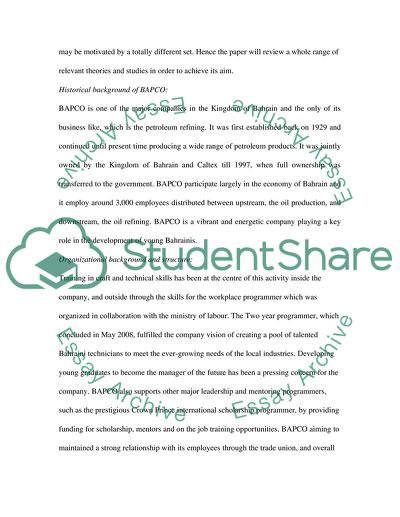Cite this document
(Studies of Employee Motivation Essay Example | Topics and Well Written Essays - 4500 words, n.d.)
Studies of Employee Motivation Essay Example | Topics and Well Written Essays - 4500 words. Retrieved from https://studentshare.org/human-resources/1733907-motivation
Studies of Employee Motivation Essay Example | Topics and Well Written Essays - 4500 words. Retrieved from https://studentshare.org/human-resources/1733907-motivation
(Studies of Employee Motivation Essay Example | Topics and Well Written Essays - 4500 Words)
Studies of Employee Motivation Essay Example | Topics and Well Written Essays - 4500 Words. https://studentshare.org/human-resources/1733907-motivation.
Studies of Employee Motivation Essay Example | Topics and Well Written Essays - 4500 Words. https://studentshare.org/human-resources/1733907-motivation.
“Studies of Employee Motivation Essay Example | Topics and Well Written Essays - 4500 Words”, n.d. https://studentshare.org/human-resources/1733907-motivation.


